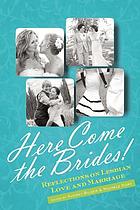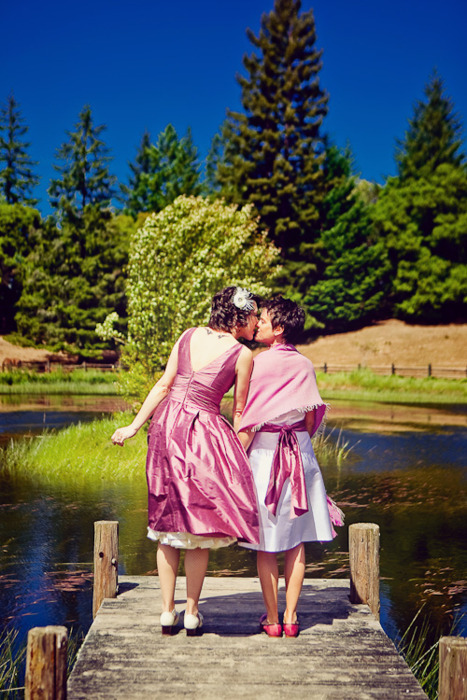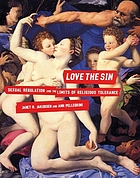- As I said in my review of Love the Sin, Julie Stephens, in Postmaternal, is likewise critiquing our neoliberal conception of who gets to be a citizen, and who is a good citizen. She is particularly interested in the way care-giving and caregivers are tolerated only insofar as they manage to fit the norm of a citizen-worker. For example, she observes that workplace concessions to working parents -- and especially working mothers -- are often designed to streamline women's return to full capacity as workers, to make invisible their care-giving responsibilities, rather than restructuring work and the workplace to accommodate care-giving cycles in family life. Her reflections on the role of "worker" and the role of "mother" experience unstable moral and market values reminded me of Katha Pollitt's reflections on how "stay at home mom" and "welfare queen" are two class-based conceptions of the same care-giving responsibilities, dependent on economic resources. Ultimately, care-giving in our society is an activity one only gets to perform if either a) it's a monetized activity, or b) one's obligations as a worker-citizen are met by one's self or a proxy (e.g. husband).
- Stephens has made a deliberate choice to focus on care-giving as "women's work," a position that reminded me of the way in which Carol Gilliganrecognizes care and empathy as universal human abilities that have, historically, fallen to women in patriarchal culture. I was intensely uncomfortable with this choice -- something I'd like to think about more deeply. While I understand her decision not to erase the way our culture genders care-giving, I'm less comfortable with the way respect for historically-feminine care-giving to an emphasis on gender difference. For example, she argues at one point that "the only way to address this failure [of neoliberal societies to account for the necessity of care] would be to reinvigorate the strands of feminism that are attuned to gender difference" (137). I can't underscore enough how uncomfortable this makes me, and I think there are ways to address the erasure of the bodily aspects of care (e.g. breastfeeding, pregnancy and childbirth) Stephens is concerned about without gender essentialism -- a type of feminism I would really rather not see revivified. Which brings me to my next point:
- In writing about possible policy- and personal-level solutions to the modern-day marginalization of care -- solutions that do not rely on the gender binary -- I wish Stephens had referenced more queer activists and theorists, such as legal scholar Nancy Polikoff, whose work moved beyond the theoretical to lay out very concrete suggestions about how law and public policy could support and respect networks of care. And birth activist Miriam Perez, whose recent piece on trans birth parents suggests ways to take into account the embodied aspects of nurture without falling back on binary notions of gender.
- I found Stephens' use of oral history and memory studies literature an intriguing approach. In what I think is one of the strongest aspects of her analysis, Stephens examines the way mid-twentieth-century feminist activism around maternal and care-giving activities has been erased from cultural memory. She uses oral histories with "second wave" feminists as a way to recover these narratives and explore how their activism was never solely about getting ahead in a man's world and rejecting the mother/motherhood/maternalism (as backlash culture has often argued). "[My] interviews [with "second wave" feminists] depart from culturally prevailing assumptions about work-centered feminism. Unexpectedly irreverent attitudes toward paid work are expressed," she writes (91). I wish she had lingered a bit more on this relationship between feminist activism and how feminist activists remember their own life choices (and imagine the life choices of previous generations).
- Building on these oral histories and the notion of a forgotten politics of the maternal, Stephens argues that non-market relationships and care-giving are primary sites of moral and ethical development and action. Postmaternal is, in part, a call for neoliberal Western cultures (Stephens is Australian, and her sources are primarily Australian and American) to re-assert non-market values into political culture, reclaiming care as a non-marginal, legitimate activity even if it is not contributing to the national economy. As she writes,
"What a culture chooses to remember and forget has decidedly political character. In the deep discomfort surrounding the maternal in feminist reminiscence, it is possible to see a glimpse of an alternative politics where human dependency and vulnerability are imagined as the primary connection between people, not market performance" (70).This assertion of an "alternative politics where human dependency and vulnerability are imagined as the primary connection between people," and the connection Stephens draws between that political imagination and feminist activism is the strongest part of her argument. In revisiting/revising feminist collective memory to re-center a politics of care (which has always been present, but often actively forgotten) is what I would consider to be vitally-important work. And I hope to see her build on this aspect of her thesis -- while perhaps letting go some of her reliance on gender essentialism as the path to that politics of connectivity.
I don't think gender essentialism needed. I think we can honor the embodied experience of persons, even birth-and breast feeeding parents, without linking embodiment and the bodily aspects of care to femaleness and womanhood -- at least in any more than an historical sense. I don't believe there is anything wrong with acknowledging the historically-feminine nature of caregiving; I do believe there is something harmful about basing present-day efforts to re-center care on gendered notions of women's particular abilities and priorities. I am hoping that we can use Postmaternal as a building block toward a more inclusive, more caring future -- without relying on beliefs about gendered bodies and identities that have troubled our past.
All in all, I'm really glad I read Stephens provocative book and I'm looking forward to discussing it with friends -- I've already promised to lend my copy to Molly (of first the egg) and I'm looking forward to what she has to say after reading it!


























